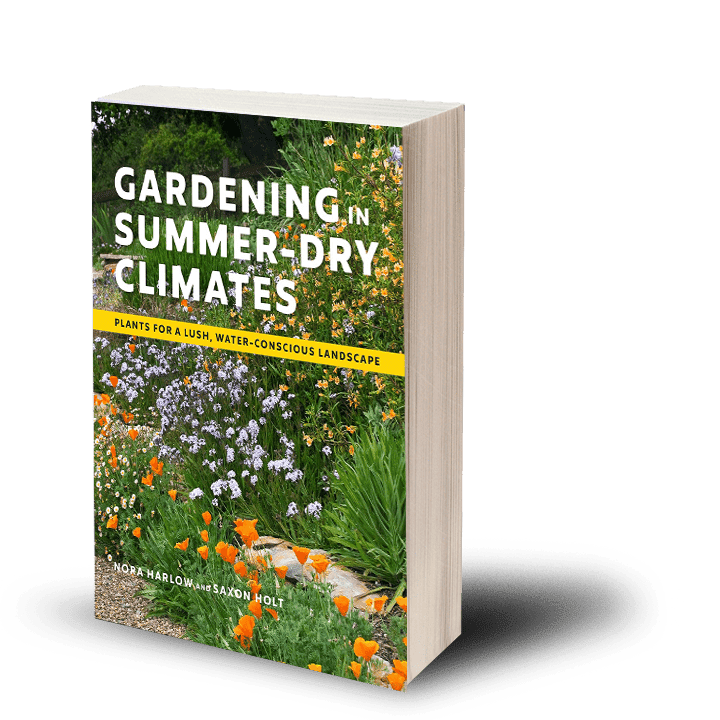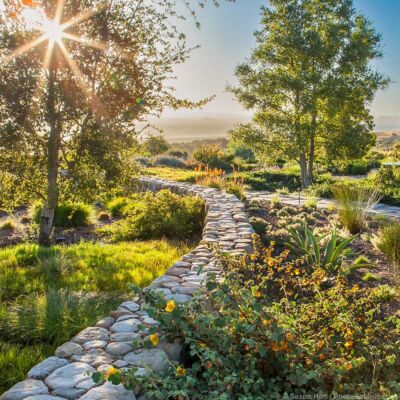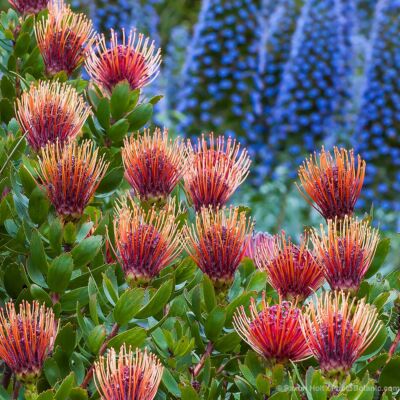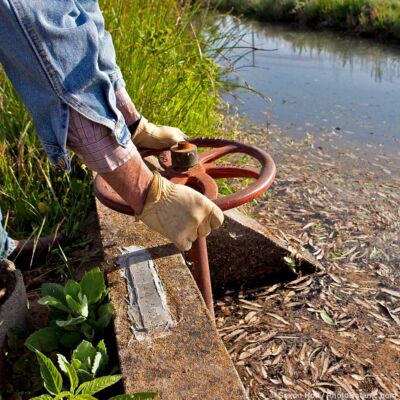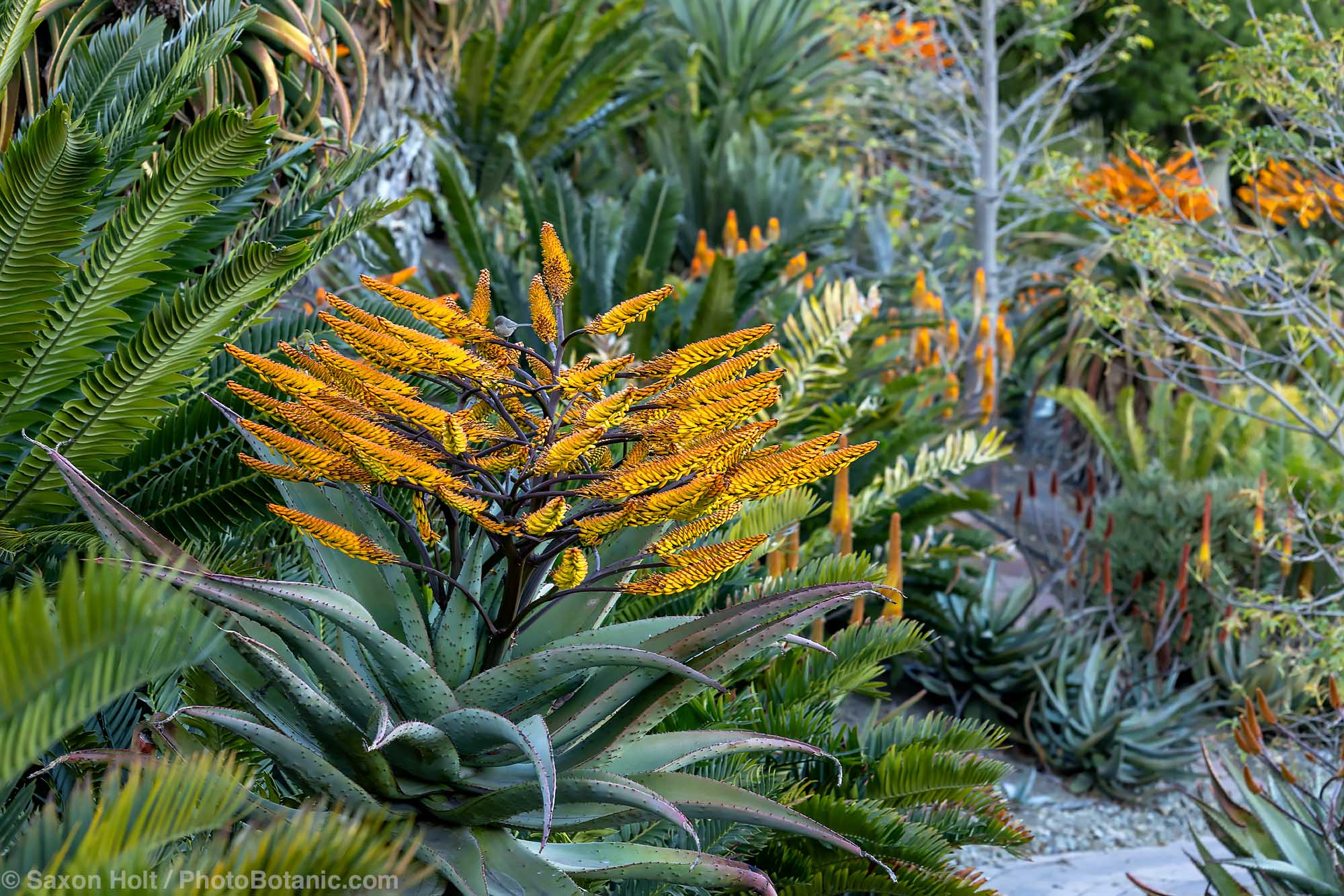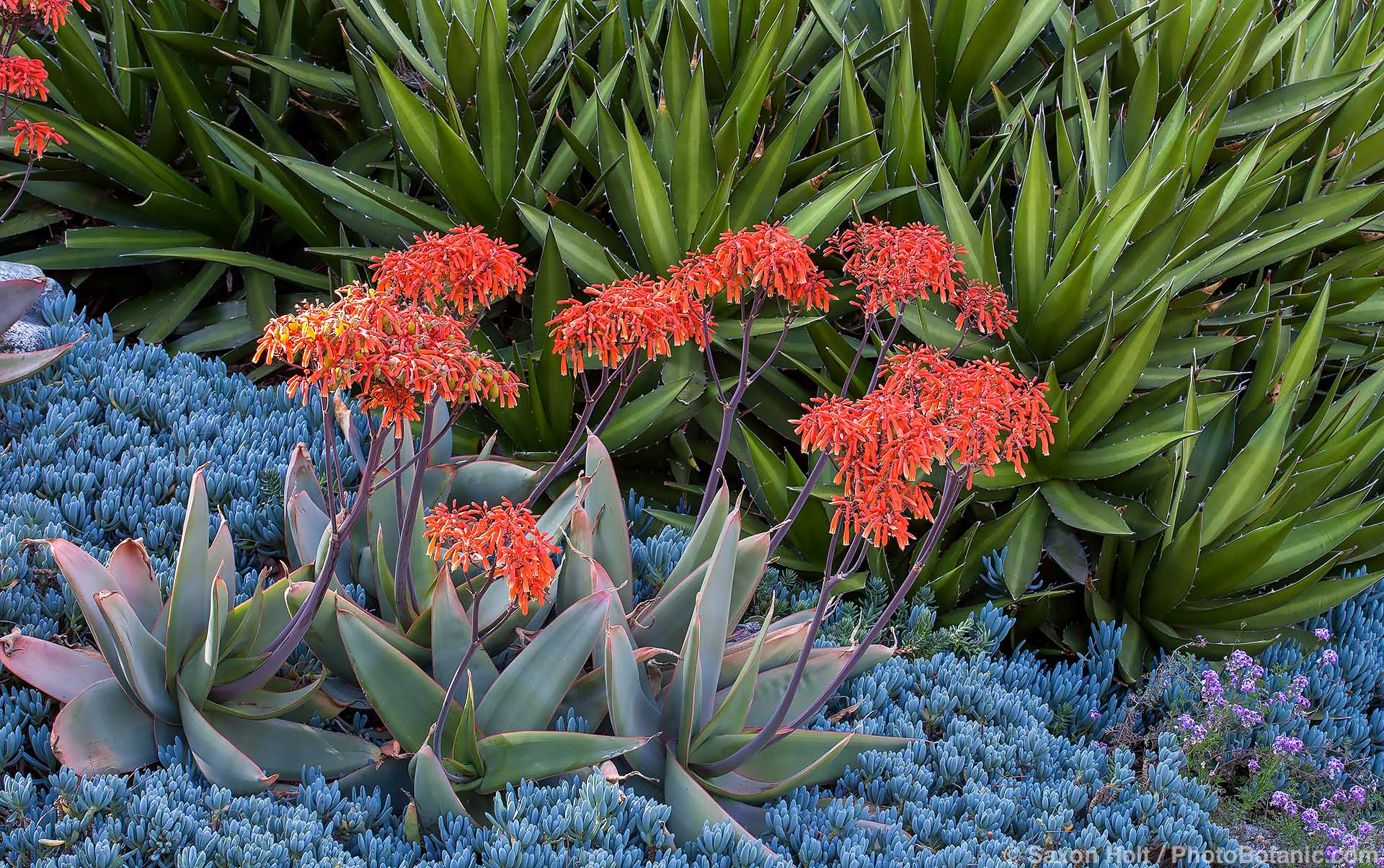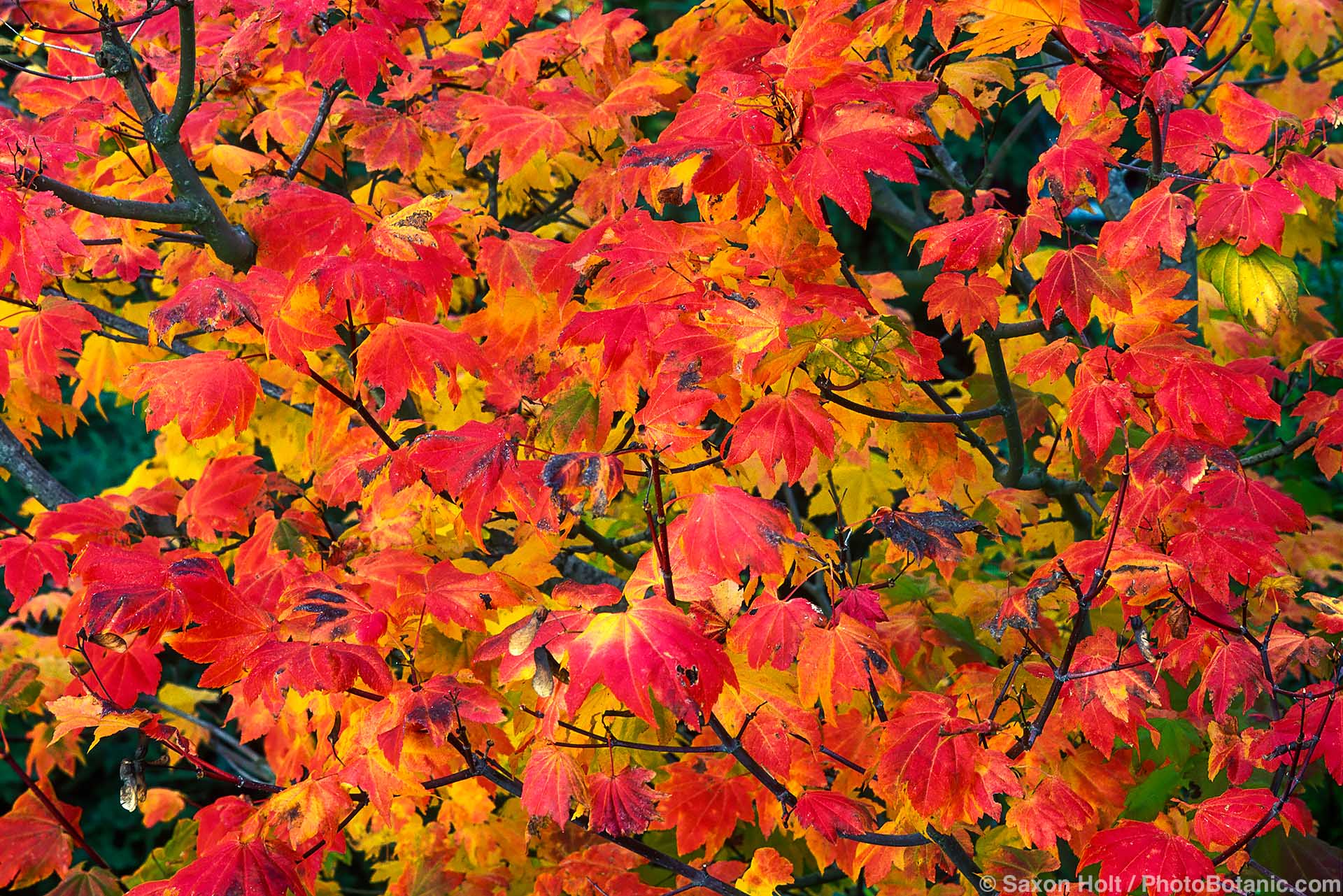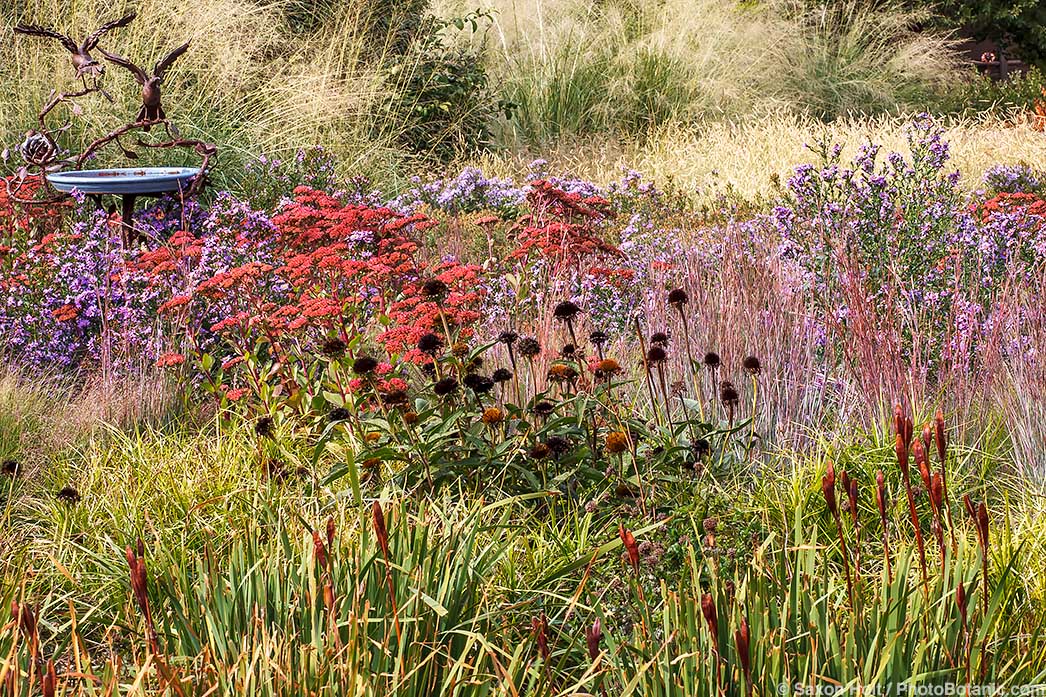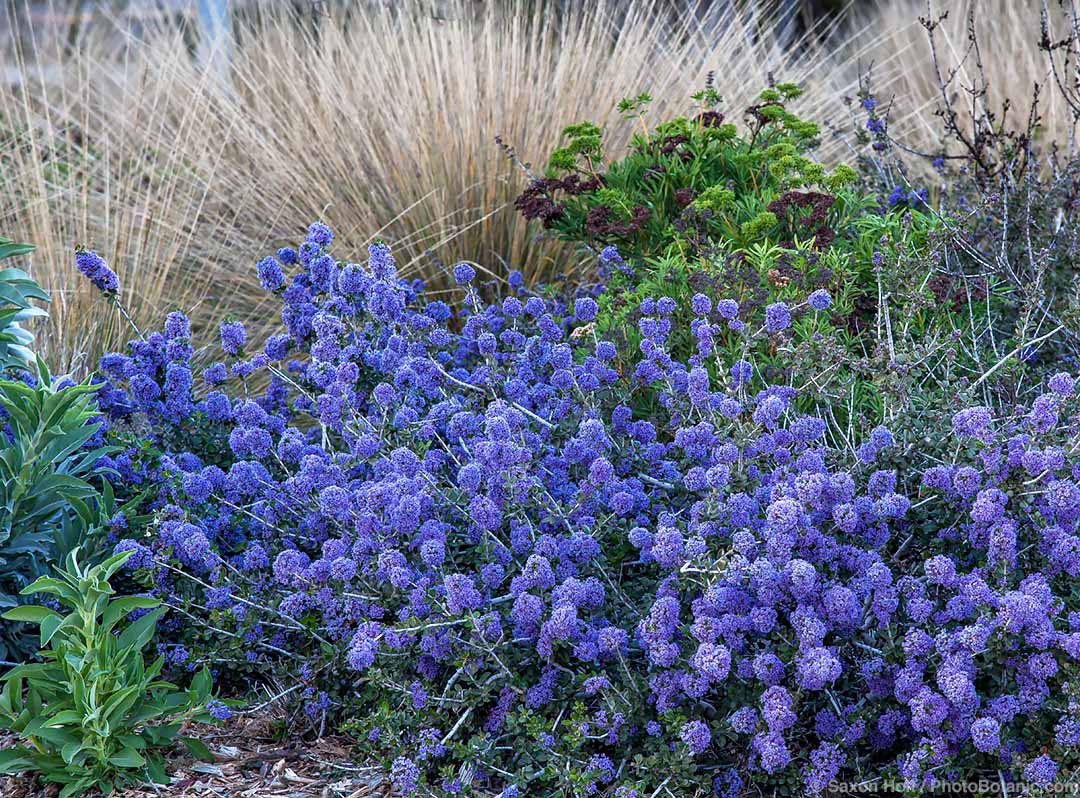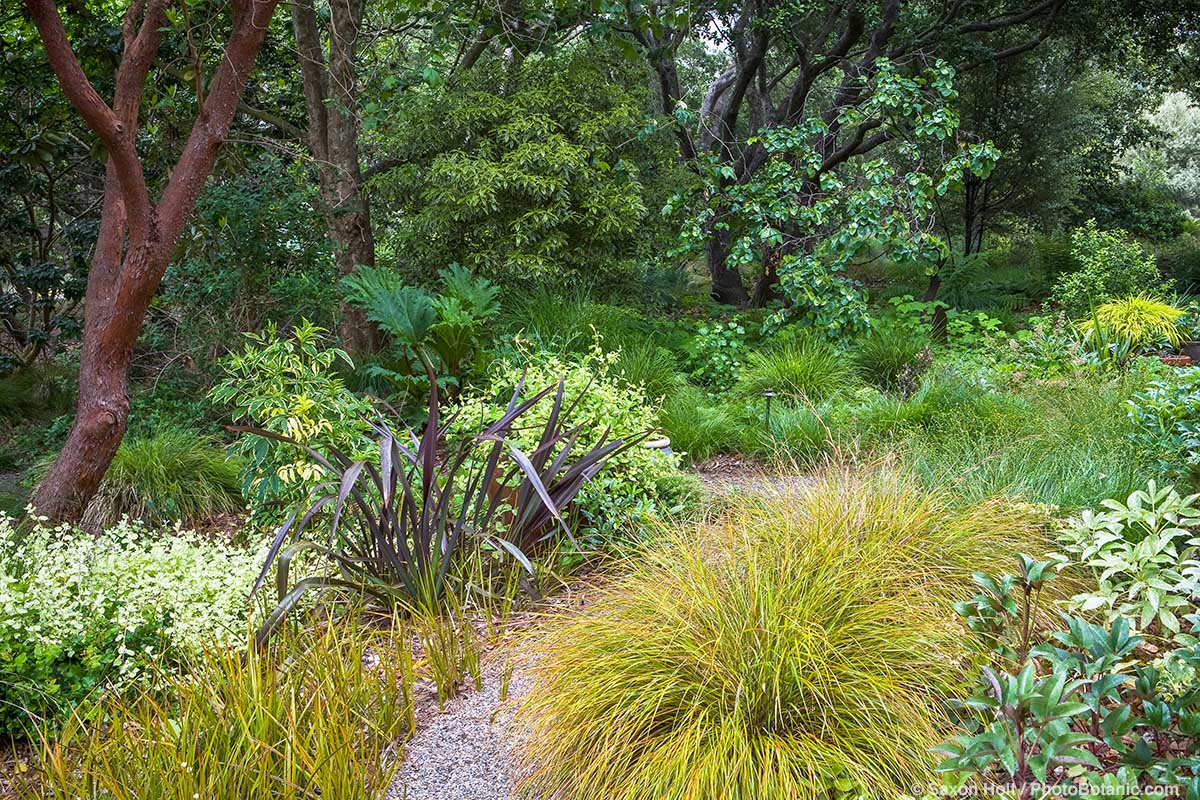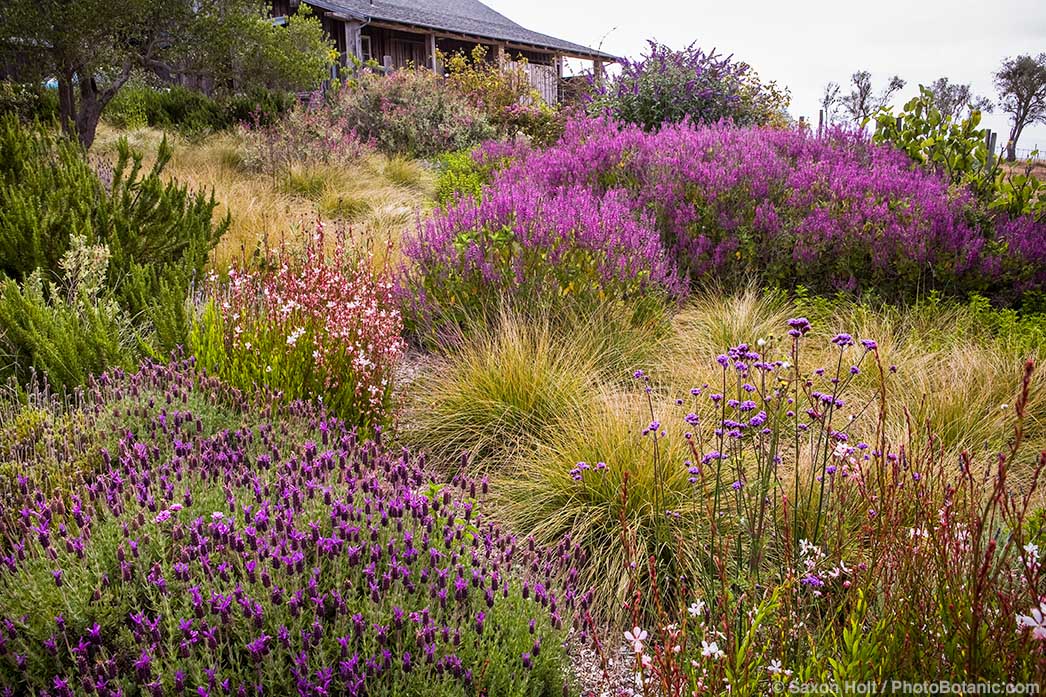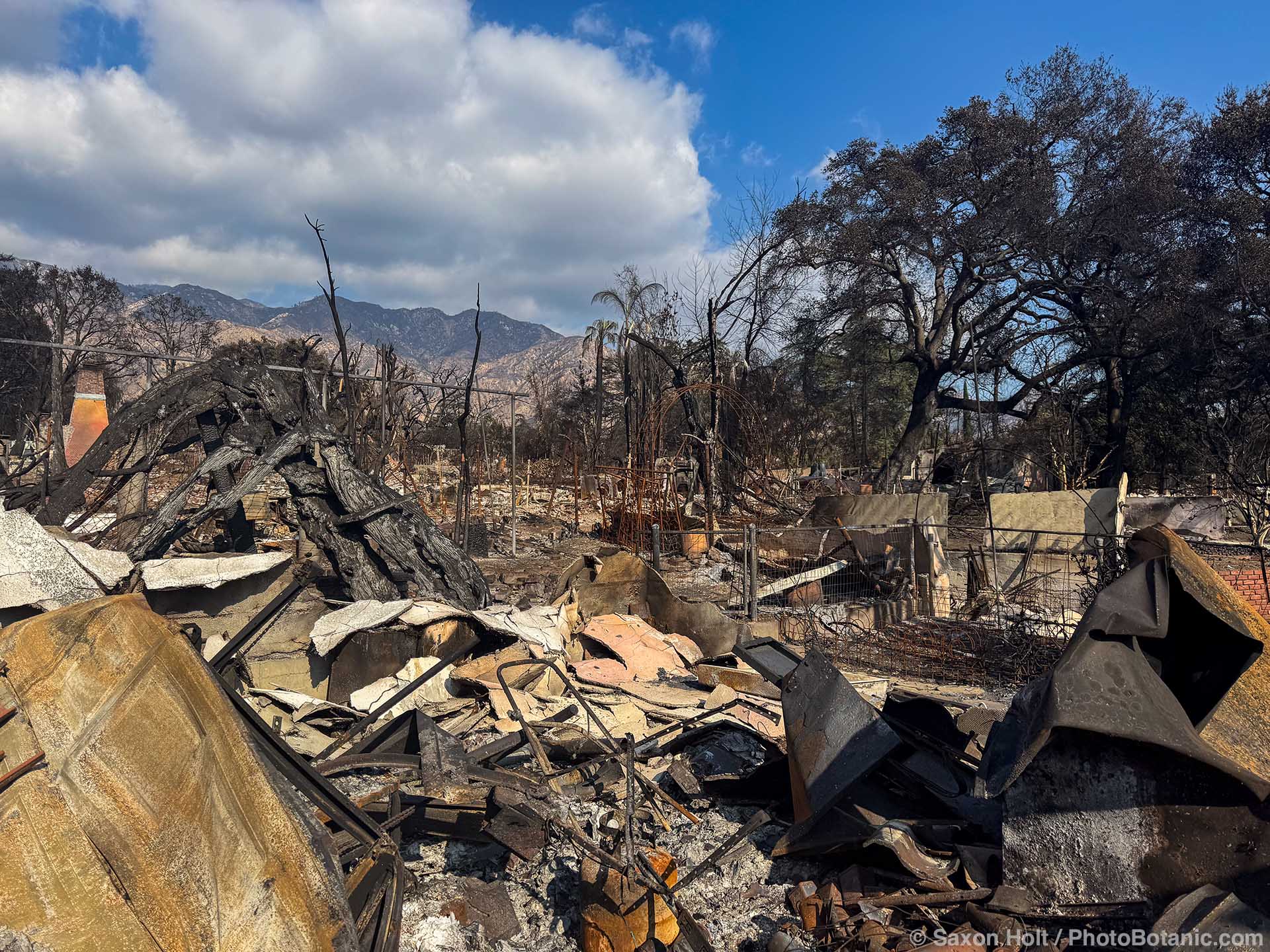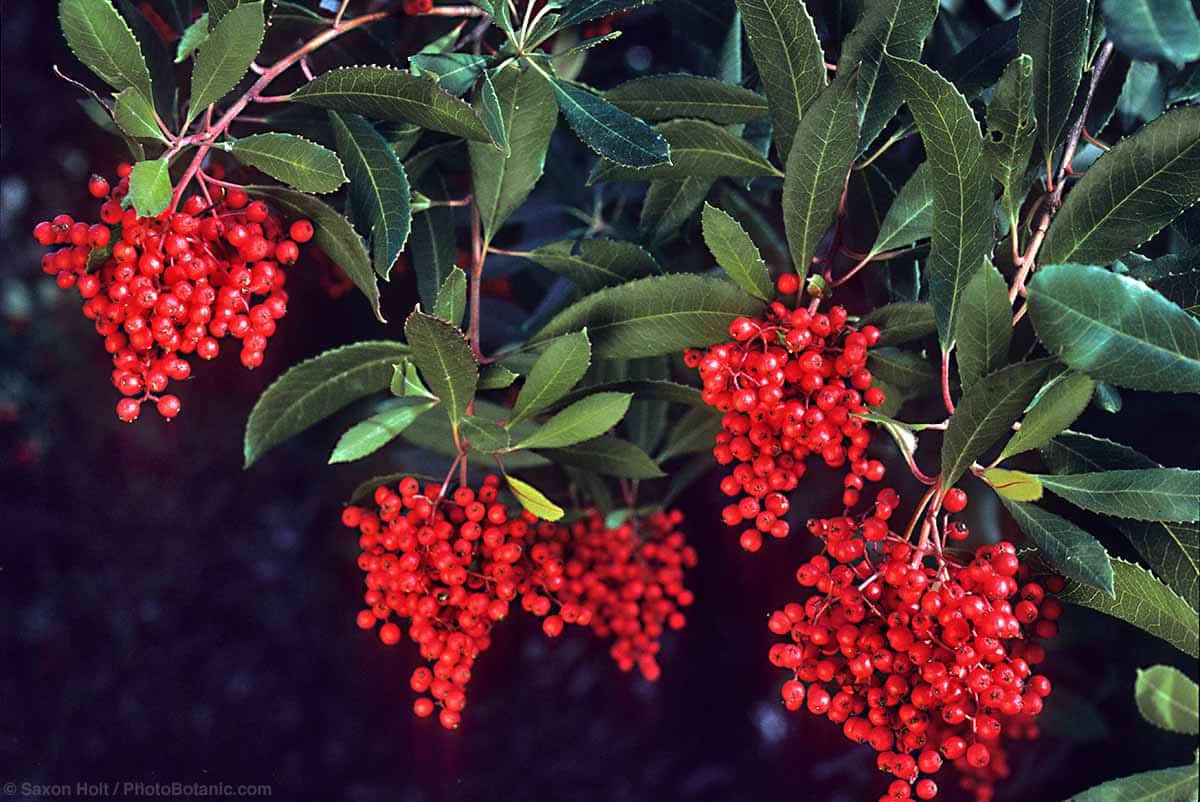By: Saxon Holt
By: Nora Harlow
By: Nora Harlow
By: Nora Harlow
By: Nora Harlow
By: Nora Harlow
By: Nora Harlow
By: Nora Harlow
By: Saxon Holt
By: Nora Harlow
By: Saxon Holt
By: Saxon Holt
By: Nora Harlow
By: Saxon Holt
By: Nora Harlow
Meet the Authors
Saxon Holt
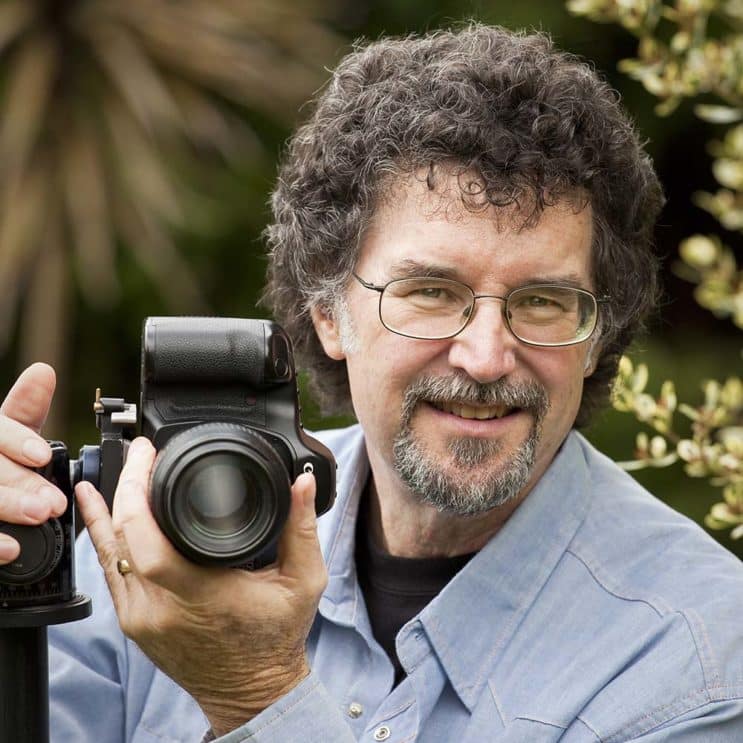
Saxon Holt is a photojournalist and sole photographer of more than 30 garden books, including the award winning books Plants and Landscapes for Summer-Dry Climates, The American Meadow Garden, and Hardy Succulents. He is the Director of the Summer-Dry Project, a Fellow of the Garden Writers Association, and owner of the PhotoBotanic Garden Library.
Nora Harlow

Nora Harlow is a landscape architect and gardener with wide-ranging experience in the summer-dry climates of California. Formerly an editor at Pacific Horticulture Magazine and co-editor of The Pacific Horticulture Book of Western Gardening, she also was co-editor of Wild Lilies, Irises, and Grasses. While in the Water Conservation Department of East Bay Municipal Utility District she oversaw and wrote Plants and Landscapes for Summer-Dry Climates of the Bay Area.

